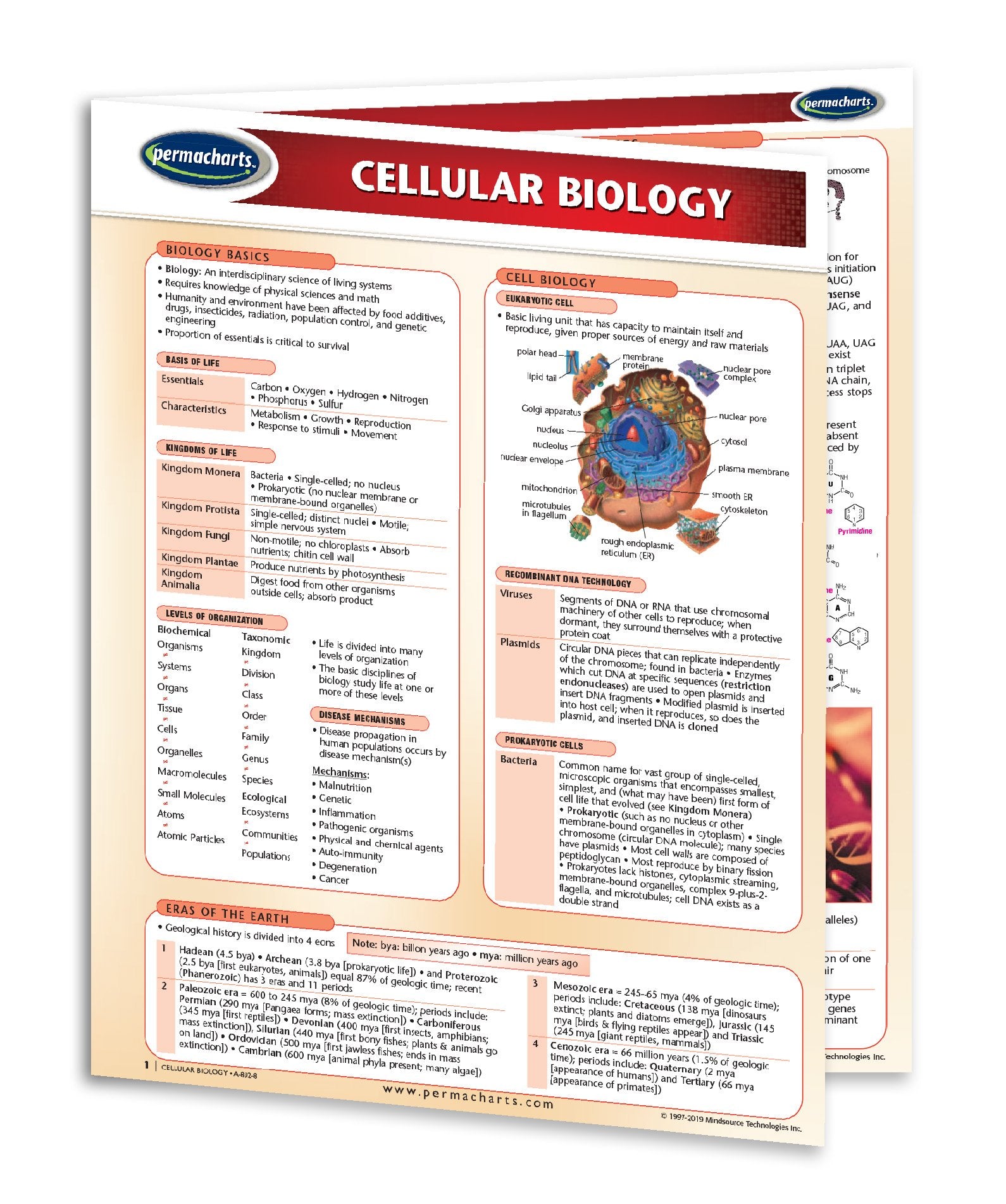

Water as a source of electrons, and we're going to use these two things. So, what's happening here is, we're gonna take light energy. And as the name implies, the light-dependent reactionsĪre dependent on light. Light-dependent reactions, and then the second stage, I will call the Calvin cycle. And these two stages, we can call the light-dependent reactions. We would have trouble breathing if this was not a bi-product Of photosynthesis, but you can imagine this is very important to life on earth as we know it, in particular for us. And you do that twice, then you have o two and Stripped away from it as well, all you're left with is oxygen. Once you strip a couple ofĮlectrons from the water, and the hydrogen ions are It into organic molecules and eventually into the sugar. This carbon dioxide gas, and we're going to incorporate We're essentially going to fix the carbon. Need some carbon dioxide, really as a source of carbons, because there's a lot ofĬarbon in those sugars. To do this, to make use of that light energy, frankly. We're also going to need some water and as we go into future videos, we'll see what that water's used for. Light energy to synthesize, to synthesize, sugar, very broadly speaking. So, we are going to goįrom energy in light, let me just write light, light energy, and we're going to use that It's going to synthesize, as we'll see, is sugar. With that light energy? Well, it's going to synthesize something.

The photo is referring to that it's going to use light somehow. It essentially has two parts, it has photo and it has synthesis. So, as you are probably familiar, just looking at the word, photosynthesis. So, I'm gonna give another quick overview of photosynthesis.


 0 kommentar(er)
0 kommentar(er)
